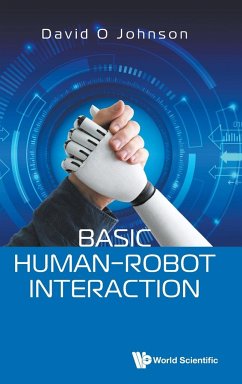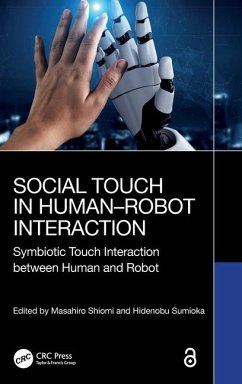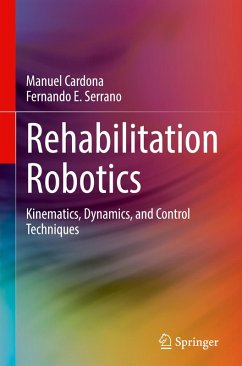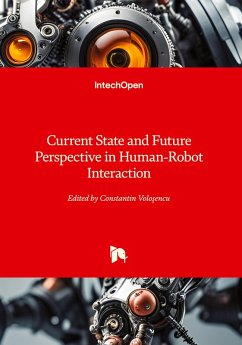
Discovering the Frontiers of Human-Robot Interaction
Insights and Innovations in Collaboration, Communication, and Control
Herausgegeben: Vinjamuri, Ramana

PAYBACK Punkte
76 °P sammeln!
The field of Human-Robot Interaction (HRI) is rapidly evolving, blurring the lines between human and machine capabilities. Recent advances in computer science, computer vision, artificial intelligence, robotics, brain-computer interfaces, neural engineering, and cognitive science have profoundly transformed HRI. As we stand on the threshold of a new era characterized by increasingly sophisticated human-machine interactions, it becomes imperative to explore the emerging frontiers of this dynamic field. Robots are now entering homes, workplaces, and even battlefields, necessitating a deeper unde...
The field of Human-Robot Interaction (HRI) is rapidly evolving, blurring the lines between human and machine capabilities. Recent advances in computer science, computer vision, artificial intelligence, robotics, brain-computer interfaces, neural engineering, and cognitive science have profoundly transformed HRI. As we stand on the threshold of a new era characterized by increasingly sophisticated human-machine interactions, it becomes imperative to explore the emerging frontiers of this dynamic field. Robots are now entering homes, workplaces, and even battlefields, necessitating a deeper understanding of effective, safe, and ethical human-robot interaction. This book delves into cutting-edge research shaping the future of HRI, representing a collective effort to navigate uncharted territories. Through diverse chapters authored by leading experts, it offers a comprehensive exploration of the latest developments, challenges, and opportunities in HRI. By examining technical, engineering, and methodological challenges, this volume brings together perspectives from researchers, engineers, and designers to provide a comprehensive view of this dynamic field. Aiming to showcase groundbreaking research and spark interdisciplinary dialogue and collaboration, this book is a valuable resource for researchers, engineers, students, and anyone interested in the future of human-robot collaboration. Whether you are a seasoned roboticist, a curious student, or simply interested in future technology, this book offers insights and knowledge to navigate the complex world of human-robot interaction. Join us on this journey of discovery as we navigate the emerging frontiers of human-robot interaction together.














